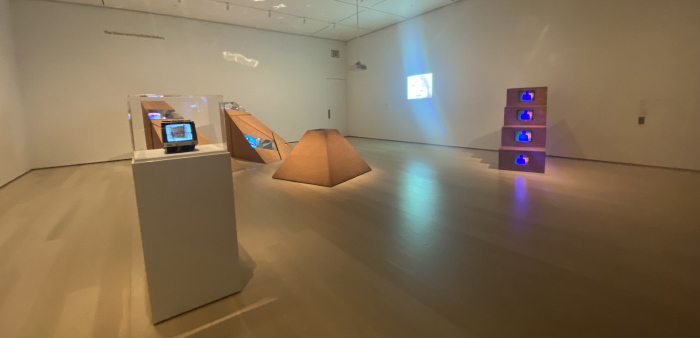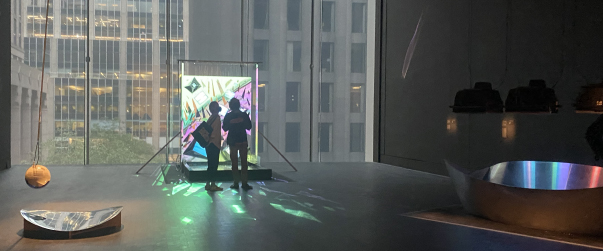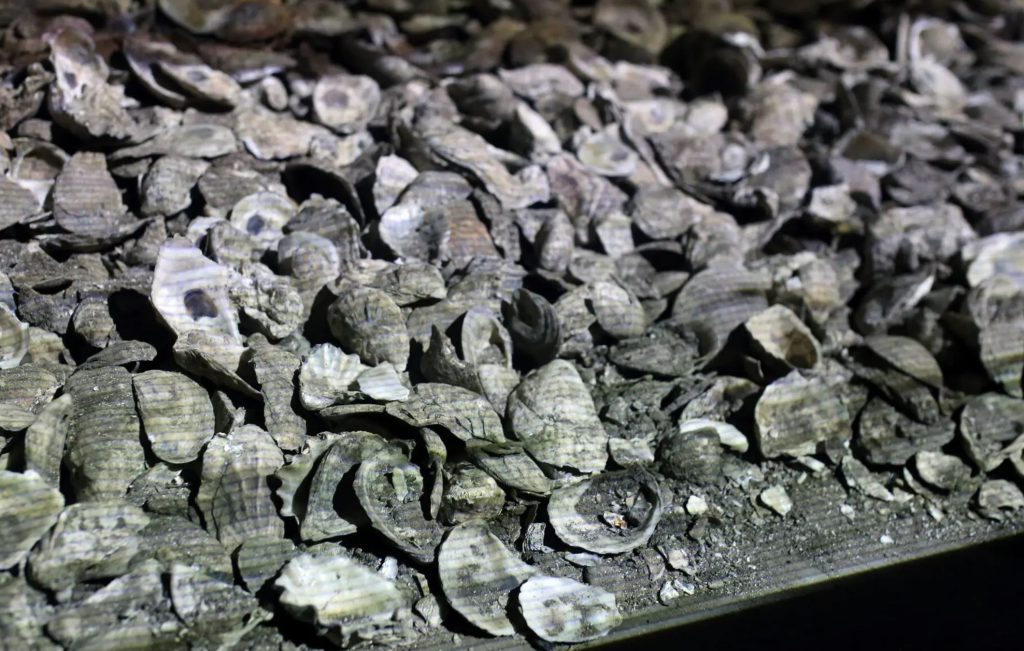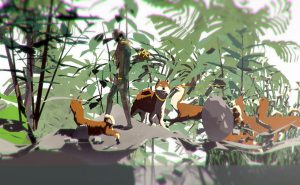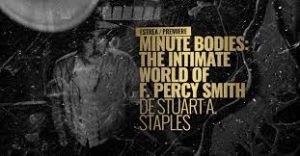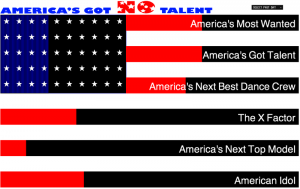Nelson Crawford was a multimedia artist, and member of the 16-millimeter independent filmmaking scene in California and New York during the late 1960s through the early 1980s. The MOMA currently is running an exhibition, Nelson Crawford, Filmmaker, which is a display of nine of his works that serves as a meditation on the climate crisis and the sustainability of the earth. In some writing that corresponds with the exhibition, it talks about how from the contemporary point of view, Crawford’s work asks of viewers to “consider the impossibility of extracting the climate crisis from depictions of Earth’s beauty”. Traveling outside of the United States to Peru and Ecuador, the works included in this exhibition display a love and respect for the natural outside world, however these feelings of pleasantry are undercut by our contemporary awareness of the fragility of the earth and the “destabilizing presence of man and machinery.” (MOMA website).
The first work of Crawford that visitors are greeted with is something of an abstract, avant-garde firework display. This short film was made in 1976 and is title “Paths of Fire II”. It is the only work in exhibition that seems to eschew images of the natural world for something more abstract and intangible. I was taken by this piece of media because it reminded me of the works of my favorite experimental animator artist that I always come back to such as Stan Brakhage. This one appears to be an anomaly when taken in context with the rest of the works in the exhibition, however it does possess the same wistful, meditative quality of the other works as one sees themselves getting lost in the images and finds that their senses become attuned and fixated only om the moving image and the rest of the outside world seems to disappear.

Once one takes the escalator down to the lowest level of the The Debra and Leon Black Family Film Center, they are greeted with the rest of Crawford’s works. These works are composed of images of the natural elements of Earth: water, air, and fire. The meditative aspect arrives from the simplicity and repetitive nature of these short films. The films are not complex, close-ups of an orange flickering fire that zooms out to reveal said fire is in a forest, panning close-ups of grass that cross dissolve into each other, close-ups of leaves on a tree. Displayed on different screens and running simultaneously, when watching all the screens together, one sort of gets the sum of its parts, or a greater narrative that Crawford is reaching at about ecology and the protection of the natural world against human forces that intentionally and unintentionally are working against our physical world. Crawford sought to capture the tiniest details in nature, the tiny holes in the leaves, the direction the grass sways, and so on. In capturing these minute details, Crawford highlights how complex the natural world is, and how one can always discover something new and intriguing in the natural world, only if it still exists. I really enjoyed the Nelson Crawford, Filmmaker exhibition because the issue of the climate is one that is existential and of the utmost importance and I really admire Crawford’s ability to understand and integrate that message into his work as far back as the 1960s. I also admire the filmmaking of Crawford’s that is showcased in the exhibition as it is so simple, but immersive and contemplative.
